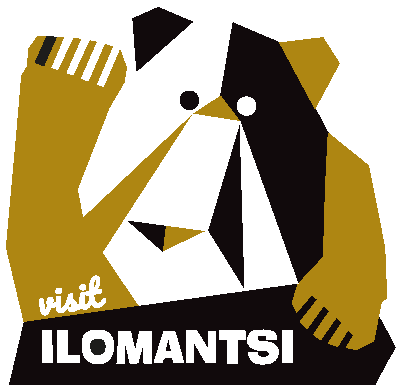-
Essential:
Essential cookies are essential for you to browse the website and use its features. Cookies that allow web shops to hold your items in your cart while you are shopping online and navigating the website are an example of strictly necessary cookies. Our website does not work without these cookies, so they are stored without your express consent.
-
Preferences cookies:
Preferences cookies can be used to change the user experience of our website. Preferences cookies allow a website to remember choices you have made in the past.
-
Statistics cookies:
Statistics cookies are used to collect information about how you use our website. None of this information can be used to identify you.
-
Marketing cookies:
Marketing cookies track your online activity. The purpose of marketing cookies is to help advertisers deliver more relevant advertising or to limit how many times you see an ad.

Utrio
A memorial to the 6th Jaeger Battalion, hewn out of black rock, stands proudly in Utrio. The battalion assembled for an attack at the memorial site before moving to the departure point near the small Lake Teponlampi less than one kilometer to the southwest.

A memorial to the 6th Jaeger Battalion.
From where Finns drove wedge between two enemy divisions in July 1944.
Utrio and its surrounding area had a pivotal role during the early phase of the fighting in the late summer of 1944. On a map, Utrio is the name for a collection of widely scattered farmhouses deep in almost trackless forest.
A single narrow dirt road led to the battle area from the direction of Ukkolanvaara in the northwest but ended four kilometers before Utrio, whence it continued as a track barely wider than a footpath. This compounded problems during the deployment of troops for the upcoming attack.
After the battle started, the only practical way to supply the combat forces with ammunition, equipment and provisions was to use horse-drawn travois and pack saddles. The transport of wounded soldiers for medical care proved to be the biggest logistical challenge.
Major General Erkki Raappana’s plan was to separate the Red Army’s 289th and 176th divisions, which were pushing toward Ilomantsi, from each other and cut off their supply lines. The enemy formations would then be reduced, encircled, and finally destroyed. The plan verged on recklessness and required a clear numerical superiority to succeed.
The attack would be aimed at the junction of the enemy divisions.
Military strategists have traditionally regarded a seam between units and formations as the most vulnerable section of a battlefront, regardless of the size of the forces involved.
A task force under the command of Colonel Hans Olof von Essen was formed for the operation. The core of this formation was the commander's cavalry regiment. Fighting began early in the morning on July 31 when Essen’s men supported by the 1st Jaeger Battalion punched a narrow wedge through the isthmus that separates Lake Ilajanjärvi and Lake Luovejärvi.
The attack of the 6th Jaeger Battalion from Teponlampi was delayed by 24 hours, but this had no significant effect on the situation. Once the battalion got moving, it drove toward the area south of Luovejärvi to cover the flank of the 21st Brigade, which had seen action around Möhkö.
After 24 hours of fighting, Essen's force had advanced sufficiently to split for envelopment. The enveloping forces eventually linked up as planned, which meant that Raappana’s design had succeeded. The next step was to encircle the trapped enemy forces









Ilomantsi is a place where battles were fought in both the Winter War and the Continuation War.


